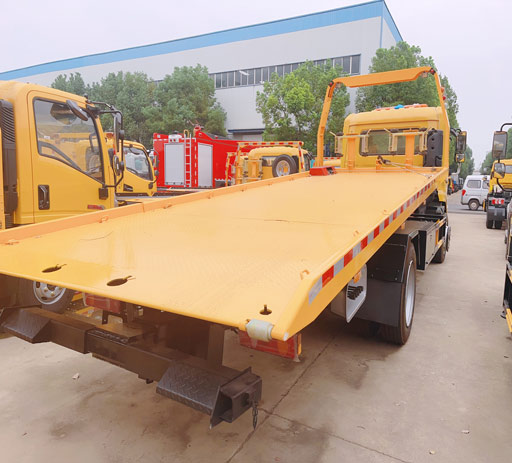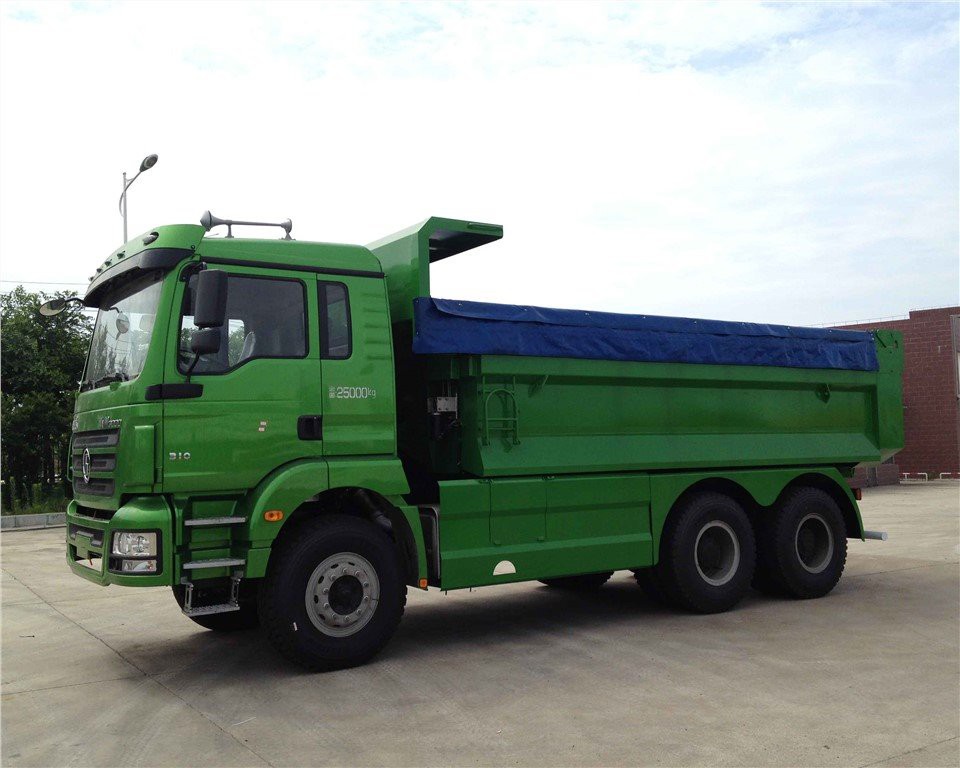Everything You Need to Know About Tipper Trucks

Introduction
Tipper trucks, also known as dump trucks or tippers, play a critical role in the construction, mining, and waste management industries. Designed for transporting loose materials, they utilize a hydraulic system to lift the truck bed, facilitating the unloading process. This article will delve into the various aspects of tipper trucks, including types, uses, operational tips, and maintenance. Whether you are a contractor, a fleet manager, or someone interested in heavy machinery, this comprehensive guide will provide you with essential information about tipper trucks.
Understanding Tipper Trucks
What is a Tipper Truck?
A tipper truck is a specialized vehicle used primarily for transporting and unloading bulk materials like sand, gravel, soil, or construction waste. The distinguishing feature of a tipper truck is its hinged bed, which can be raised to allow materials to be dumped onto the ground or into a designated area.
How Do Tipper Trucks Work?
Tipper trucks operate using a hydraulic system. When the driver activates the hydraulic lift, the fluid presses against a piston, raising the bed of the truck. This angle helps facilitate dumping the material. The unloading process can typically be completed in a matter of minutes, making tipper trucks highly efficient for transporting bulk materials.
Types of Tipper Trucks
1. Front Tipper
Front tippers have a hydraulic lift system at the front of the truck. This design is often used in situations where space is limited, allowing for a more controlled unloading process.
2. Rear Tipper
Rear tippers are the most common type. They unload materials from the rear, making them suitable for construction sites where space for maneuvering is available.
3. Side Tipper
Side tippers are designed to dump materials from the side, providing versatility in unloading locations and reducing the risk of damaging the load while unloading.
4. Articulated Tipper
Articulated tippers consist of two separate units—a truck and a trailer. This setup allows for greater maneuverability and is ideal for transporting heavy loads over rugged terrain.
Common Uses of Tipper Trucks
Construction Sites
Tipper trucks are integral to construction sites, transporting materials like sand, gravel, or concrete. They help contractors move materials quickly and efficiently, enhancing productivity.
Mining Operations
In mining, tipper trucks are essential for transporting mined materials, ore, and waste rock. The robust construction and high-capacity design make them suitable for harsh environments.
Landscaping

Landscapers often use tipper trucks to move soil, mulch, and decorative stones. Their ability to deliver large quantities makes them ideal for extensive landscaping projects.
Advantages of Using Tipper Trucks
1. Efficiency in Loading and Unloading
The hydraulic mechanism allows for quick loading and unloading, reducing downtime on job sites.
2. Versatility
Tipper trucks can transport a wide variety of materials, making them useful in multiple industries.
3. Capacity
They come in various sizes and capacities, accommodating different load requirements, from lightweight materials to heavy bulk loads.
4. Durability
Designed for tough conditions, tipper trucks can handle abrasive materials and rough terrains.
Operational Tips for Tipper Truck Drivers
1. Pre-Operational Checks
Before starting, ensure the hydraulic system is functioning properly, check tire pressure, and inspect brakes and lights for safety compliance.
2. Load Distribution
Ensure even load distribution to maintain stability. Uneven loads can cause tipping during transport or unloading.
3. Safe Driving Practices
Watch for load shift while driving, particularly on corners and steep inclines. Use lower gears on downhill slopes to maintain control.
4. Unloading Techniques
Always ensure the area is clear of obstacles and personnel before unloading. Engage the hydraulic lift slowly to control the flow of the material.
Maintenance of Tipper Trucks
1. Regular Inspections
Conduct regular inspections to catch issues early. Focus on the hydraulic system, brakes, and tires.
2. Hydraulic System Care
Check hydraulic fluid levels and inspect hoses for leaks. Replace seals and filters as necessary to ensure the system operates smoothly.
3. Cleaning
Regularly clean the bed of the truck to prevent rust and damage. Use water and appropriate cleaning solutions for stubborn materials.
Cost Considerations When Buying a Tipper Truck
1. Initial Purchase Price
The price of a new tipper truck can range widely depending on size, type, and manufacturer. It’s essential to research and compare options.
2. Operating Costs
Consider fuel consumption, maintenance expenses, and insurance costs, as these contribute significantly to the total cost of ownership.
3. Depreciation
Like all vehicles, tipper trucks depreciate over time. Assess the expected resale value when making a purchase decision.

4. Financing Options
Explore financing options that suit your budget. Many manufacturers and financial institutions offer attractive leasing and loan packages.
Environmental Impact and Sustainability
1. Fuel Efficiency
Modern tipper trucks often feature fuel-efficient engines that reduce consumption and emissions. Opt for newer models with eco-friendly technologies.
2. Recycling and Waste Management
Tipper trucks can play a significant role in managing waste and recycling materials, contributing to sustainable practices in construction and landscaping.
Frequently Asked Questions
1. What materials can a tipper truck transport?
Tipper trucks can transport various materials, including sand, gravel, soil, concrete, demolition debris, and more.

2. How much weight can a typical tipper truck carry?
The weight capacity of a tipper truck often ranges from 10 tons to 30 tons, depending on the model and design.
3. What maintenance is required for a tipper truck?
Regular checks of the hydraulic system, brakes, tires, and cleaning the truck bed are essential parts of maintenance for tipper trucks.
4. Are there special licenses required to drive a tipper truck?
Yes, in many countries, a commercial driver’s license (CDL) or specific heavy vehicle licenses may be required to operate a tipper truck.
5. How does a side tipper truck differ from a rear tipper truck?
A side tipper truck unloads materials from the side, while a rear tipper truck dumps materials from the back. Both have unique advantages based on job requirements.
6. What are the safety tips for operating a tipper truck?
Key safety tips include conducting pre-operational checks, ensuring proper load distribution, maintaining clear unloading zones, and being familiar with driving on various terrains.
